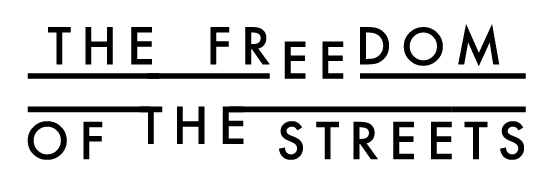Gamze Saygi offers a perspective on the particularities of selected streets of Edo focusing on the role of location in digital reconstructions when hypothesizing on the street life in premodern Edo.
In this blogpost, Renate Smit, History RMA student, shares the finding of her exploratory project by digitally investigating the name registers (Koopmansboekjes) of Amsterdam Jewish merchants’ spatial use patterns within the city throughat the turn of the 18th century.
In this blog post, Research master student Charlotte Meijer shares the preliminary results of her research project exploring green spaces of Amsterdam through investigation of historical maps before, during, and after the seventeenth-century urban expansions.
In this blogpost, Gamze Saygi writes how we intend to use 3D digital modelling as a tool enabling a realistic snapshot of the historic urban life as it was experienced at the Bloemstraat.
In this blogpost, Marie Keulen, who was a student enrolled at the Honours programme, looks at several cityscapes in the catalogue Kijk Amsterdam of 18th century Amsterdam with a focus on one specific type of domestic work portrayed in several 18th-century cityscapes: the activities of washing, drying, and bleaching laundry.
On a quiet morning on the 14th of April, in the midst of the COVIC-19 lockdown, we set out to the Bloemstraat in the Jordaan area together with members of the 4D Research Lab to start scanning the facades of the buildings for a historical 3D reconstruction. In this blogpost Gamze Saygi explains why we did this and how this helps us analyse historic street life.
Ego-documents are a precious source when investigating someone’s life and personal circumstances. They give an interesting insight in an individual’s day to day life.
The global historian Lisa Hellman reflects on the ‘Gender and the Global City’ session at the ESSHC 2018

















